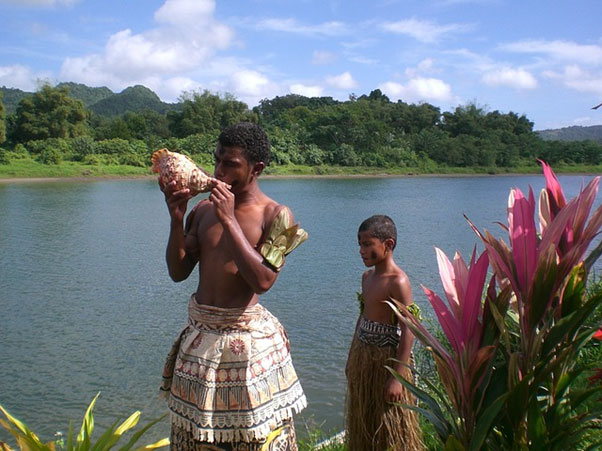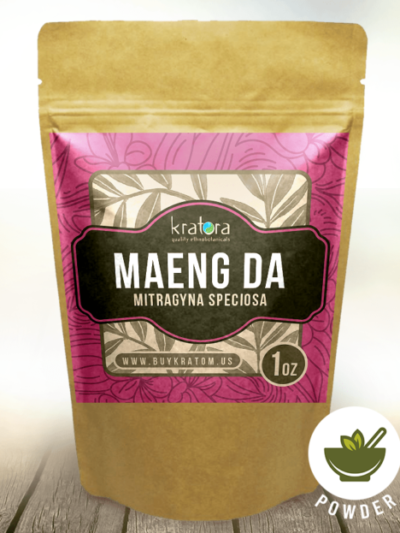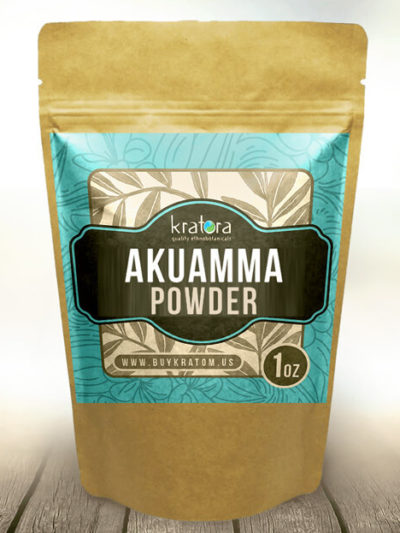The Kava Herb: An Uplifting Plant from the South Pacific
What is kava? In the South Pacific island nations, a leafy green plant grows under the shade of the jungle canopy and thrives with the warmth, moisture, and loose soil of the tropical climate. Known as kava, kava kava, yaqona, and botanically as Piper methysticum (“intoxicating pepper”), this tropical plant grows in Fiji, Hawaii, Polynesia, Tonga, the Samoas, the Solomon Islands, the Federated States of Micronesia, and the Republic of Vanuatu (which is considered the official home of the kava herb).
The root of Piper methysticum is the part of the plant that is used, and it is made up of about 80% water. The older the plant is, the bigger the roots can grow and the stronger their effects. Today, kava root powder is sold to customers around the world!
What is Kava’s Traditional Role in Pacific-Island Cultures?
What is kava used for traditionally? The roots of the kava plant have been used in traditional cultures for centuries where they are mixed with water to prepare ceremonial drinks. Traditionally taken after sunset, kava kava is popular during ritual events such as the christening of boats, laying the foundations for a home, making a deal, sending villagers on a journey, and for social purposes such as settling an argument or even just chatting. Originally, kava kava was only consumed by the chief and village men of high standing. Today, kava is consumed by both men and women in homes and kava bars around the world.
Preparing the Drink
What is kava’s method of preparation? To prepare the kava herb, local communities harvest, peel, wash and cut the root into small pieces. These pieces are then ground or pounded, and mixed with cold water or coconut water in a large bowl. The final stage is to sift this mixture through a fine cloth a few times until all of the root material is removed and only the juice remains.
In Fiji, it is a common sight to see groups of friends or family sitting around a large bowl of kava kava, chatting. If you are a visitor to a Fijian village, you might be invited to try some kava with the words “tovolea mada,” and experience sharing a drink from the common bowl while chatting and listening to local guitar music.
What are Kava’s Latest Advances in Ethnobotanical Research
Now that we have covered a little of the kava’s traditional social function, let’s take a look at what the research has to say about this popular South Pacific root.
What is kava useful for according to science? The Piper methysticum root has received a lot of attention from the scientific community, and there are multiple studies available online that describe the kava herb’s composition and effects.
Kavalactones: The Powerhouse of Kava
Through analysis and extraction, kava root and kava root powder have been found to contain bioactive alkaloids called kavalactones (or kavapyrones) that become more concentrated as the plant ages. These kavalactones are similar to the myristicin from nutmeg and are credited with being responsible for the euphoric, mood-boosting, and relaxing properties of the kava drink.
What is kava’s function in the body? Kavalactones from the kava herb appear to work on the body’s central nervous system, bringing on a sense of mental and muscular relaxation, and temporary relief from discomfort. The plant also appears to have potential as an antimicrobial agent.
Here is a little more detail about the kava herb as an anxiolytic and analgesic:
Anxiolytic
One article reviewed the potential effectiveness of kava for calming anxiety. The article explains that kava’s anxiolytic effects are potentially due to action on the gamma-aminobutyric acid (GABA) receptors and its inhibition of inflammation and monoamine oxidase B.
Analgesic
In animal studies, four kavalactones (kavain, dihydrokavain, methysticin, and dihydromethysticin) had an analgesic effect that appeared to work via non-opioid pathways. The active compound kavain that occurs naturally in kava has also been studied as a surface anesthetic when injected subcutaneously. However, high doses are thought to cause temporary paralysis—so kava might not make the best natural anesthetic!
Other Uses
What else is kava used for? Kava has a wide range of other uses in traditional medicine, some of which are supported by research. These include:
- Sleep disorders
- Fungal skin conditions
- Urogenital disorders
- Menstrual problems
- Headaches
- Muscular aches
- Respiratory conditions
What is the future of kava in medicine? As research continues to advance in the field of kava and other ethnobotanicals, we will have more of an idea about how the kava herb can be used medicinally around the world.
Contraindications to Taking Kava
There are a few circumstances in which using kava root powder is not advised. People who should not use kava include:
- Pregnant and breastfeeding women
- People with heart, lung, or liver problems
- People who take antidepressants or other medications that affect the central nervous system
- Before or after drinking alcohol
As always, please consult with a licensed healthcare practitioner before taking any supplement and/or if you are experiencing an ongoing health issue.
Shop Kratora and Get Fast Shipping
Maeng Da Kratom Powder
From $12.99
Shop Now
This product has multiple variants. The options may be chosen on the product page
Akuamma Powder
From $10.99
Shop Now
This product has multiple variants. The options may be chosen on the product page
Blue Lotus Powder
From $8.99
Shop Now
This product has multiple variants. The options may be chosen on the product page
Shop all-natural, kratom, and more ethnobotanicals today to receive same-day shipping on orders submitted before 3 p.m. Eastern Time Monday through Friday and 1 p.m. Eastern Time on Saturdays (excluding holidays).
Please note that none of the products sold on our website are intended to diagnose, treat, cure, or prevent any disease or medical condition.
Want to learn more about kratom quality and value? Start here:
Why Buying Cheap Kratom Can Be Dangerous






